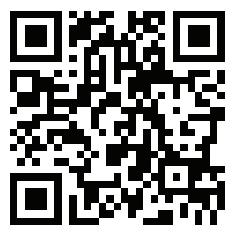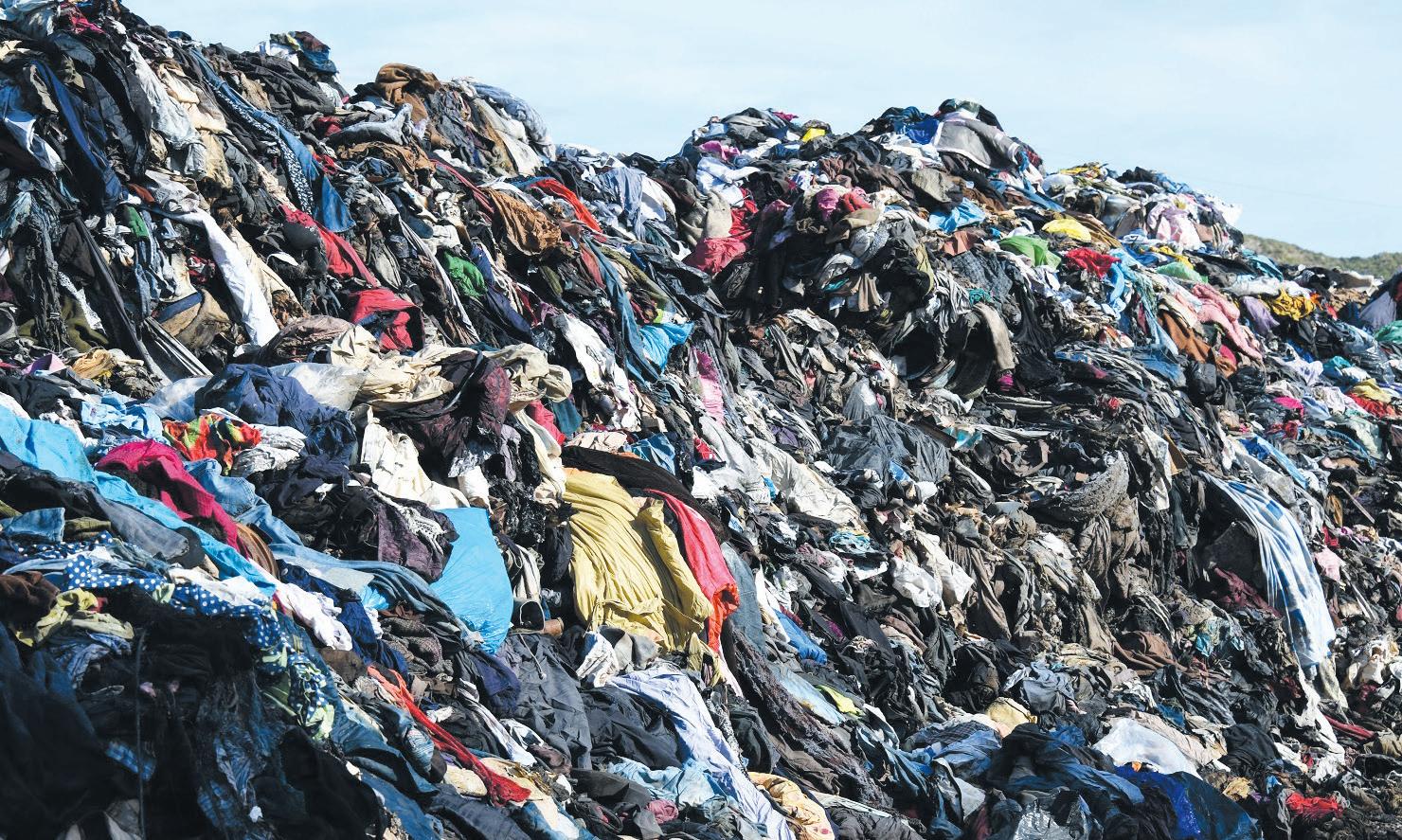
2 minute read
BEING ENVIRONMENTALLY SAVVY
from May 17,2023
by cnwmedia.com
Mila K. Marshall, PhD. CNW Staff Editor
of lead lines is costly at about $8,000 and the city of Chicago has five programs that can help support voluntary removal.
Advertisement
Homeowners may be eligible for free replacement but with stipulations. For example, homes with children under 18 are prioritized, income below 80% of the median area income and live in a home that is owner occupied. Homeowners working with contractors are eligible for $5,000 reimbursement but commercial and mixed-use zoned properties are ineligible. There is also free replacement for child daycares in low-income communities, owners seeking more information can call 312-744-6635 or email daycares@cityofchicago.org.

Be Fashionable and Sustainable


The environment shapes every aspect of our city, lives. Most environmental conversations can lead to gloom and doom conclusions. It’s scary thinking about toxins and pollution. By the time an invitation to help be part of the solution comes around it’s easy to check out because the problem seems insurmountable and so big. Learning about what is available can inspire confidence in making better decisions. Chicago’s lead service line removal program is far from perfect. But do you know if you are eligible for subsidies? Are you a contractor or a developer? In this market being in the know helps businesses operate in the black. Are you a fashionista? While everyone is hashtagging thrift store haul, some are using upcycled fashion to reduce waste and conserve water. You may be surprised how expensive that outfit really is. Giving new life to your swag is sustainable and healthy for the economy. Finally, city life can be draining but traveling with the entire family on a vacation may not be affordable. Close to home camping is an option to tap out of technology and into nature.
Getting the lead out of Chicago
Lead service lines move water from the main street to Chicago homes. According to the National Defense Council Chicago has the most miles of lead lines in the nation. There is no safe exposure to lead which causes irreversible brain damage. The city of Chicago offers voluntary lead service line replacement programs that can be found at www.leadsafechicago.org. If a home was built before 1986 it is highly likely there are lead lines. Black and brown communities are also more likely to have lead lines. Removal
How much water does it take to make a cotton shirt? Actually, quite a bit. The World’s Resource Institute estimates it takes 2,000 liters of water to make one cotton shirt. It may be surprising but 20% of the world’s global water use is by the fashion industry. There are about 100 billion garments produced every year and about 92 tons of textile waste ends up in a landfill. What does this mean for your closet? This year as you clear out the closets consider not just throwing clothes in the garbage but donating or reselling your gently used items. Give your wardrobe new life. Is buying a brand-new blouse necessary? Shopping second hand, or vintage is another way to protect the plant and practice protecting the environment one fly outfit at a time.

Camping close to home
Camping is not everyone’s cup of tea, especially if you don’t know where to pitch a tent. The Forest Preserves of Cook County are a great option for city dwellers who want to experience the outdoors without feeling so far from civilization. There is absolutely something for everyone’s budget and camping experience. There are five locations available across Cook County for reservations. To find the one closest to you visit www.fpdcc.com. Camp Shabonna Woods in South Holland, IL is adjacent to a water park and River Oaks Mall and minutes off the Bishop Ford Expressway. You can rent a tent site or the entire campground for as low as $37 for residents per night.










